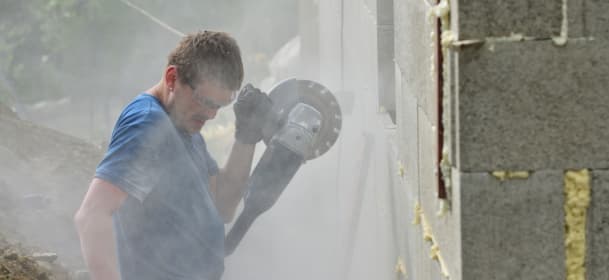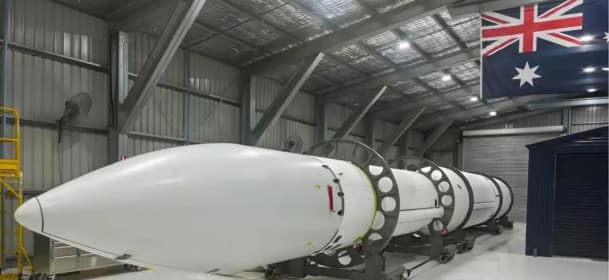LOCAL INNOVATION AND SUPPLY CHAINS FOR A SECURE FUTURE

Across every industry, the COVID-19 crisis has caused disruption and highlighted risks in the global supply chain. On the other hand, it has unveiled potential opportunities for Australian manufacturers to reinvigorate the industry and compete more effectively in the future.
With innovation booming in Australia once again, technology company Calix says it’s essential for business and the government to take a locally-focused approach to commercialisation.
“COVID-19 is highlighting the inherent risks of relying too heavily on an international supply chain,” says Calix managing director Phil Hodgson.
“Interruptions due to pandemics, geopolitical tensions or other reasons can affect businesses across the country. With such a heavy dependence on imports, Australia can’t continue to accept the risk that comes with having a hollowed-out manufacturing industry.”
Manufacturing’s contribution to the Australian economy peaked in the late 1950s and early 1960s, when it was just under 30 per cent of the GDP. Currently, it sits at around 5.8 per cent. Calix believes a concerted effort from government and industry alike could reverse this contraction.
Australia’s small economy has forced many innovative Australian organisations to move their manufacturing offshore even though they conduct their research and development locally.
While local manufacturing might not allow for the production of everything the country wants, it’s essential for Australian manufacturers to be able to produce everything the country needs.
“Infrastructure, energy, food and water are all basic pillars of society that local manufacturing should be able to support,” Hodgson says.
“The more the supply chain for those needs are offshored, the more risk society must bear. However, most private and public sector organisations make purchasing decisions based on price alone.”
But price, Hodgson says, is not the only factor that should be considered, as the COVID pandemic has demonstrated.
“Choosing a local product over a seemingly cheaper, imported one can protect local jobs, provide guaranteed continuity of supply even during a crisis, and traceability of raw materials,” he says.
“The tangible and intangible benefits of such a decision are enormous and far-reaching, and could improve the long-term viability of industry in this country.”
Ideally, the manufacturing industry would benefit from a balance of global trade and risk mitigation. Local manufacturing could rebound if Australian manufacturers can make at least a meaningful portion of essentials.
Innovation-wise, success would include the ongoing encouragement of R&D and commercialisation onshore, rather than forcing Australian ideas offshore.
A local manufacturing industry would flourish if the Australian government were to take the lead on local procurement, so says Calix. If government departments and agencies demanded a minimum local content of suppliers during public tenders, the private sector would be more encouraged to do the same.
“There are some really innovative ideas coming out of Australia, however the local manufacturing industry isn’t necessarily there to help commercialise – and benefit from – these ideas,” Hodgson says.
“The government must do what it can to support and champion local manufacturing, especially now that the risks of an over-reliance on global supply chains are laid bare. While the R&D tax incentive and government grants are welcomed, there are many additional steps that could be taken to bolster Australian manufacturing.
“And ultimately, as huge purchasers of goods and services, local, state and federal governments and associated statutory bodies have a responsibility to take the lead on this now, and start buying local.”





